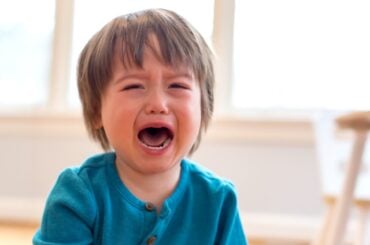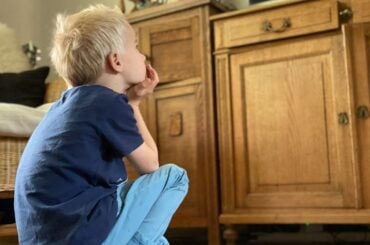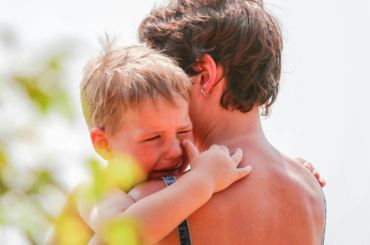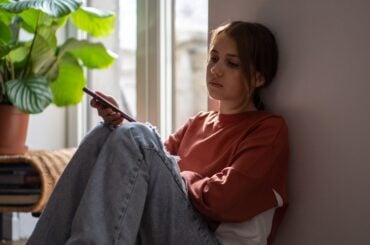The American Academy of Pediatrics (AAP) is warning parents about the risk of hearing loss from noise exposure in childhood. With the increasing popularity of personal listening devices for kids (headphones plugged into a tablet, for example), young children are being exposed to more noise than ever.
To make matters worse, new guidelines have gone into effect that allow manufacturers of some toys to make them even louder. Between noisy toys, white noise machines, and listening to devices with headphones, more and more kids are at an increased risk of hearing loss.
The impacts of noise exposure
Exposure to high levels of noise can damage hearing, which can have detrimental effects on a child’s mental and physical health. The impacts of childhood hearing loss can include—
- Social isolation
- Decreased academic performance
- Impaired speech and language development
- Safety risks, like not hearing a car approaching
Prolonged exposure to noise that reaches more than 75 decibels is considered unsafe and could potentially contribute to hearing loss. If your child frequently asks people to repeat themselves, or if they have trouble following conversations in a loud environment, they may be suffering from hearing loss. If you notice signs like these, consult your pediatrician.
How to limit your child’s noise exposure
While everyday sound in your home may seem like harmless background noise, it can severely impact your child’s hearing. The AAP strongly recommends that parents limit their kids’ exposure to indoor noise, including white noise. While it may seem innocuous, and help to drown out other sounds that might disturb your child’s sleep, these machines can actually cause long-term hearing damage in children.
It’s always important to wear ear protection (like earplugs or noise-canceling headphones) while at a loud event like a concert or a fireworks show, but it’s perhaps even more important to mitigate your child’s noise exposure while at home. Here are some ways you can protect your child’s hearing inside your home—
- Set white noise machines to the lowest volume possible, and keep it as far from your child as possible.
- Listen to the volume of any new toys before handing them over to your child. Set it to the lowest possible volume, and if it’s still too loud you can put tape over the speaker, or remove the batteries.
- Adjust volume limits in the settings of any phones and tablets that kids use.
- Encourage frequent breaks (at least once an hour) from headphones and screen time with sound. Supplement with quiet activities like reading or drawing.
- Use the Soundcheck Live app to check noise levels.
- When your child is using headphones or talking on the phone, see if you’re able to hear what they’re listening to while standing near them. If you can hear the device, it’s probably too loud.
- Make sure your child’s headphones or earbuds fit them correctly. This will reduce the likelihood that they need to turn up the volume to hear their device properly.
A general rule of thumb is to keep all devices at or below the halfway point on the volume level. It can also be helpful to be mindful of your own listening habits, and model the habits you’d like to see in your kids. If you suspect your child may be suffering from hearing loss, contact your pediatrician.







